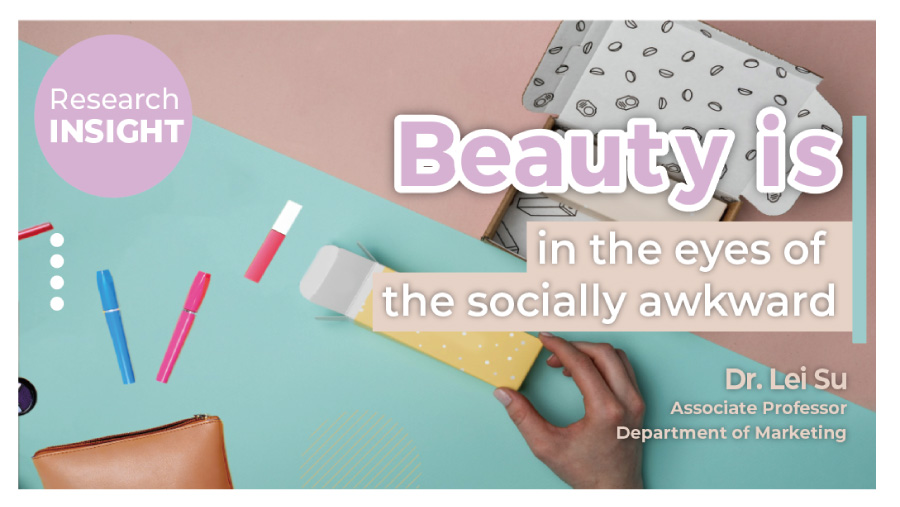School of business - research
Beauty is in the eyes of the socially awkward
By Dr. Lei Su


Do you like objects with dense patterns and vivid colours or are you happy with streamlined items? Be careful! Your answer may reveal a lot about you!
In a recent paper, Dr. Lei Su of the Department of Marketing and researchers examined how feelings of social exclusion affect consumers’ preferences1. Believing that socially-excluded consumers prefer – because they feel psychologically empty – visually dense products, the research team tested whether products with dense visual patterns help consumers feel better by metaphorically providing a sense of inner filling.
Whether buying a new phone or looking at a new shirt, our first exposure to a product is visual. While research has shown we react to the visual design elements of a product such as colour, composition and symmetry, we know little about how visual density – defined as the number of visual elements in a unit area on a visual image – affect our choices. Why does your dad always buy garish Hawaiian shirts or weird purple ties instead of black t-shirts?
The researchers conducted a series of experiment demonstrating how socially excluded participants (selected after using games and ploys designed to make some participants feel excluded as part of the experiment) were attracted by visually dense products. Asked to design mobile phone accessories, socially excluded consumers added high-density visual graphics while their happier counterparts opted for simpler designs.
Assessing products like t-shirts and home decor items, they also gravitated towards items with dense visual patterns. The research also showed that consuming visually dense products and taking part in activities like keeping physically active or sticking to a busy schedule help mitigate this emptiness: previously socially-excluded participants started liking simpler-lined products.
While aesthetics matters, marketers should consider the psychological state of their targets before pushing products. Socially-excluded consumers like senior citizens and new immigrants feel differently than consumers who belong. Art therapists might also think about integrating dense visual forms of therapy when helping patients deal with events like discrimination.
Also make sure to only shop when you feel good, if you don’t want to end up with a collection of weird clothes, strange furniture and bizarre curtains!
Reference:
1 Su, L., Wan, E., & Jiang, Y. (2019). Filling an empty self: the impact of social exclusion on consumer preference for visual density. Journal of Consumer Research, 46(4), 808-824.